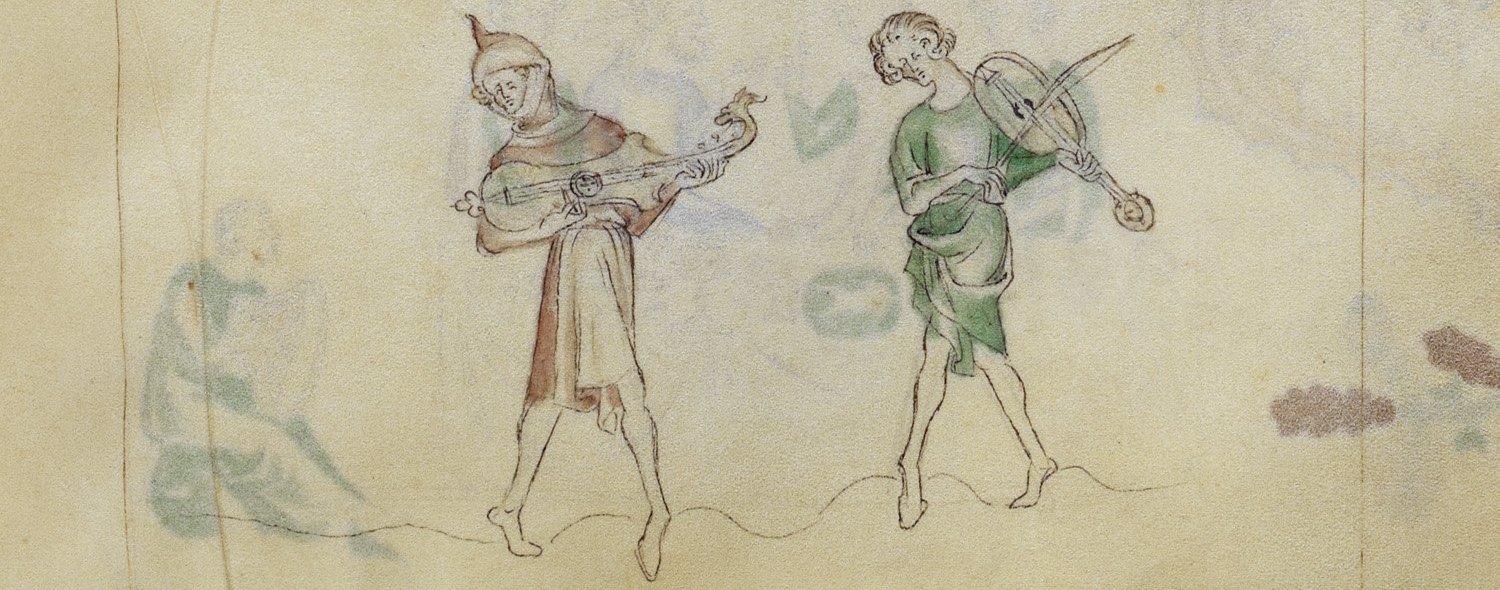 This is the last of four articles about the life and music of Elizabethan clown, Richard Tarleton. Having examined the historical context of clowning; described his comic and serious stage roles and plays; and gathered the evidence for his pipe and tabor style and modern claims that he was a ballad writer; this final article surveys the way Tarleton was remembered posthumously, on the stage, in song, in books, in rhetoric, and in the commercial use of his famous image.
This is the last of four articles about the life and music of Elizabethan clown, Richard Tarleton. Having examined the historical context of clowning; described his comic and serious stage roles and plays; and gathered the evidence for his pipe and tabor style and modern claims that he was a ballad writer; this final article surveys the way Tarleton was remembered posthumously, on the stage, in song, in books, in rhetoric, and in the commercial use of his famous image.
In particular, this article investigates a broadside tribute to Tarleton registered 23 days after his death, A pretie new ballad, intituled willie and peggie. This essay includes a video performance of the ballad, reuniting its words and music after 400 years.

